I have following function to convert string to int if convertible:
CREATE FUNCTION dbo.[Dyve_FN_TryConvertInt](@Value varchar(18))
RETURNS int
AS
BEGIN
SET @Value = REPLACE(@Value, ',', '')
IF ISNUMERIC(@Value + 'e0') = 0 RETURN NULL
IF ( CHARINDEX('.', @Value) > 0 AND CONVERT(bigint, PARSENAME(@Value, 1)) <> 0 ) RETURN NULL
DECLARE @I bigint =
CASE
WHEN CHARINDEX('.', @Value) > 0 THEN CONVERT(bigint, PARSENAME(@Value, 2))
ELSE CONVERT(bigint, @Value)
END
IF ABS(@I) > 2147483647 RETURN NULL
RETURN @I
END
GO
It worked before and after upgrading it to the following version
Microsoft SQL Server 2019 (RTM) - 15.0.2000.5 (X64) Sep 24 2019 13:48:23 Copyright (C) 2019 Microsoft Corporation Developer Edition (64-bit) on Windows 10 Pro 10.0 (Build 18362: ) (Hypervisor)
The return statement stopped returning the null value if it is not numeric. Therefore I started getting the following error:
Msg 8114, Level 16, State 5, Line 1 Error converting data type varchar
to bigint.
I have to add a return statement outside of If condition to return any value out of the function. How can I fix this?

